1. Re-establish host behavior by genetic intervention. For example, Toxoplasma gondii, when infecting mice, can cause the mice to lose their fear of cats – this allows the parasite to re-enter its life cycle in the cat, the final host. Photo: Pinterest.
2. The Glyptapanteles wasp uses caterpillars as its “bodyguards.” The larvae of this wasp parasitize caterpillars and when they emerge to pupate, they cause the caterpillars to stand still and twitch to ward off predators. Photo: Charlie Marley | Flickr.
3. The tapeworm Leucochloridium paradoxum turns snails into “living beacons”. They invade the snail’s eye tentacles, causing them to swell and change color constantly to attract birds to eat – helping the tapeworm return to its main host, the bird. Photo: Pinterest.
4. The parasitic baculovirus causes caterpillars to climb before they die. The virus reassembles its genome and disrupts brain tissue, causing the host to climb, disintegrate, and release the virus into the ground via rainwater – an effective dissemination strategy. Photo: igbmc.fr.
5. Some parasitic fungi, such as Ophiocordyceps, control insects like zombies. The fungi grow inside the bodies of ants or spiders, controlling them to climb high leaves and die there – where the fungi spread spores most effectively. Photo: Pinterest.
6. Some parasites manipulate the hormonal system to create pseudo-reproductive behavior. Sacculina carcini (a species that lives on crabs) causes both male and female crabs to nurse parasitic eggs as if they were mothers, even though they carry no genetic offspring. Photo: Pinterest.
7. Humans can also be affected by parasites. For example, Toxoplasma gondii has been linked to personality changes, increased risk of mental illness and behavioral disorders in humans. Photo: Pinterest.
Source: https://khoahocdoisong.vn/su-that-gay-soc-ky-sinh-trung-bien-dong-vat-thanh-zombie-post1553470.html


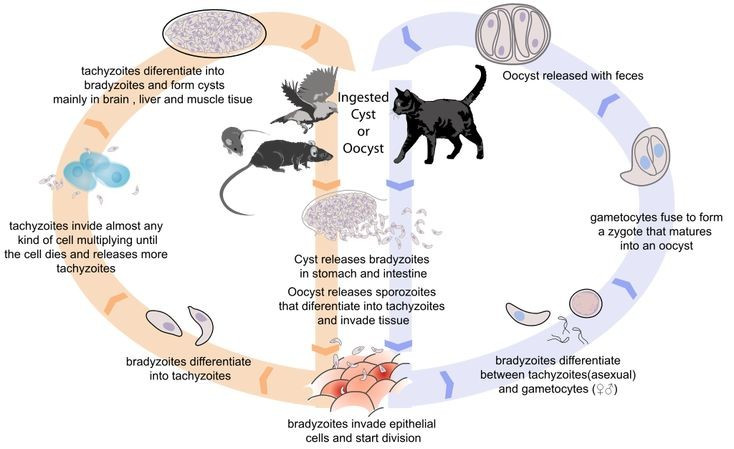
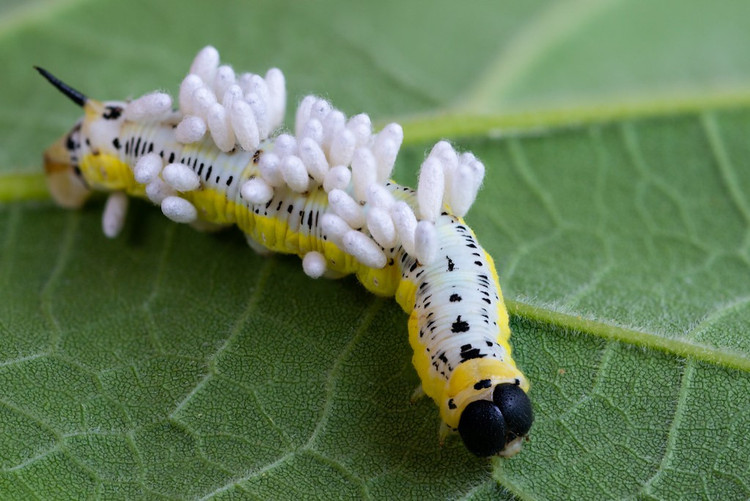
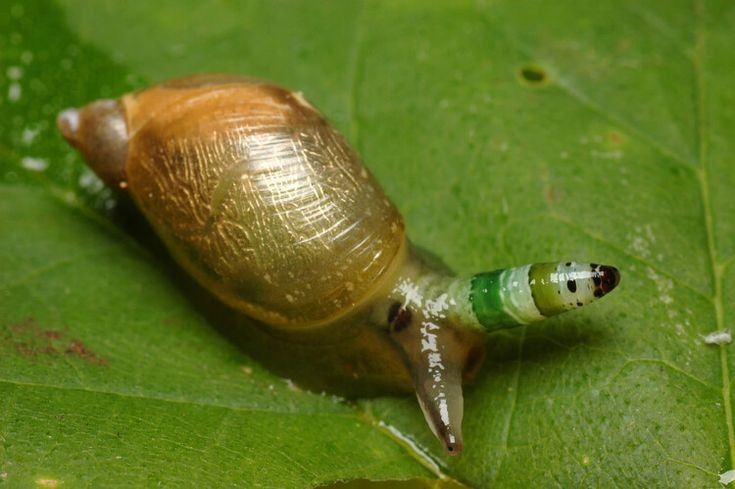
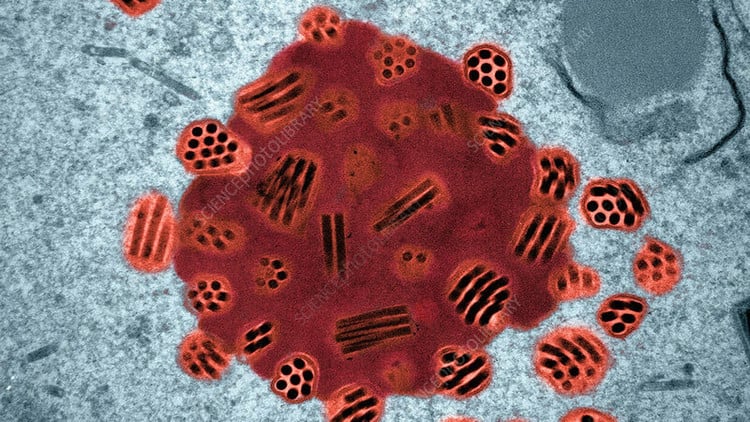
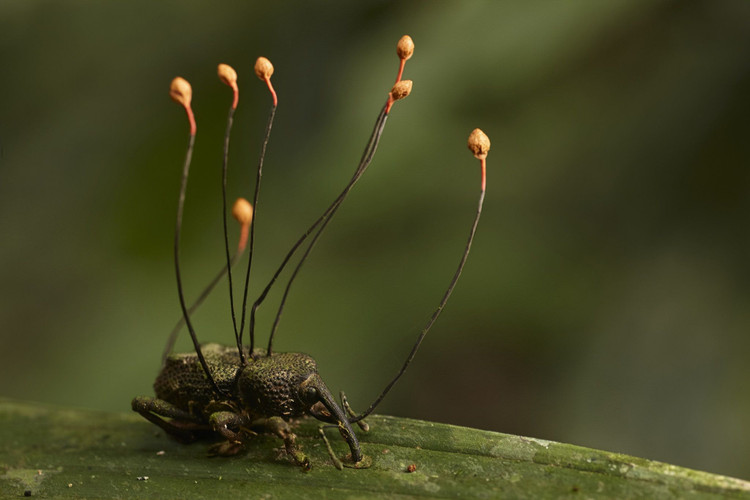
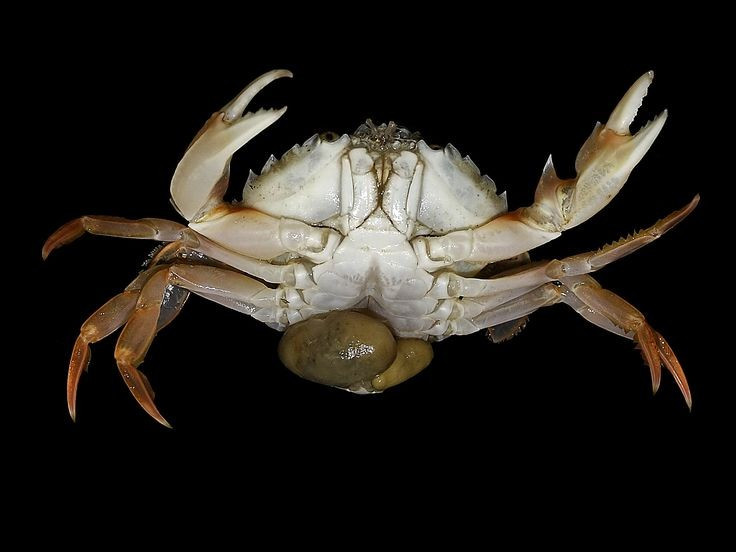
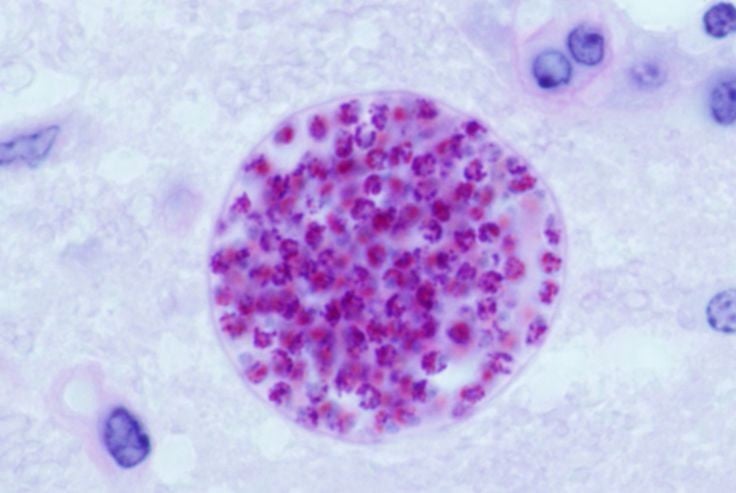
![[Photo] Ho Chi Minh City Youth Take Action for a Cleaner Environment](https://vphoto.vietnam.vn/thumb/1200x675/vietnam/resource/IMAGE/2025/11/04/1762233574890_550816358-1108586934787014-6430522970717297480-n-1-jpg.webp)
![[Photo] Comrade Nguyen Duy Ngoc holds the position of Secretary of the Hanoi Party Committee](https://vphoto.vietnam.vn/thumb/1200x675/vietnam/resource/IMAGE/2025/11/04/1762234472658_a1-bnd-5518-8538-jpg.webp)

![[Photo] Panorama of the Patriotic Emulation Congress of Nhan Dan Newspaper for the period 2025-2030](https://vphoto.vietnam.vn/thumb/1200x675/vietnam/resource/IMAGE/2025/11/04/1762252775462_ndo_br_dhthiduayeuncbaond-6125-jpg.webp)
![[Photo] The road connecting Dong Nai with Ho Chi Minh City is still unfinished after 5 years of construction.](https://vphoto.vietnam.vn/thumb/1200x675/vietnam/resource/IMAGE/2025/11/04/1762241675985_ndo_br_dji-20251104104418-0635-d-resize-1295-jpg.webp)
![[Photo] Ca Mau "struggling" to cope with the highest tide of the year, forecast to exceed alert level 3](https://vphoto.vietnam.vn/thumb/1200x675/vietnam/resource/IMAGE/2025/11/04/1762235371445_ndo_br_trieu-cuong-2-6486-jpg.webp)































































































Comment (0)